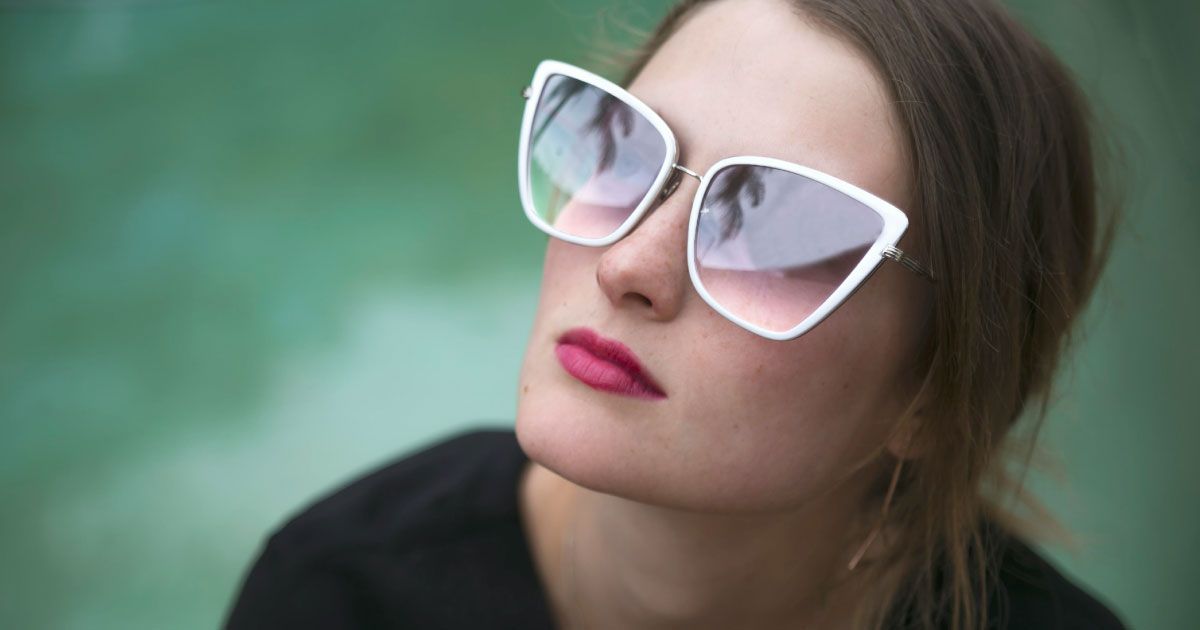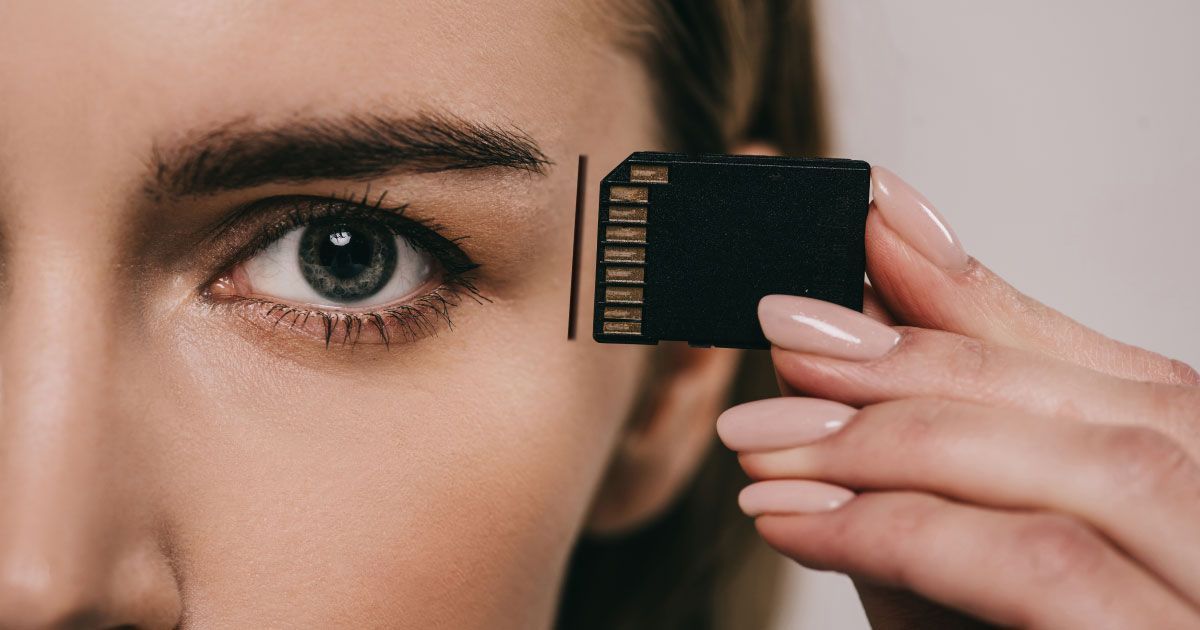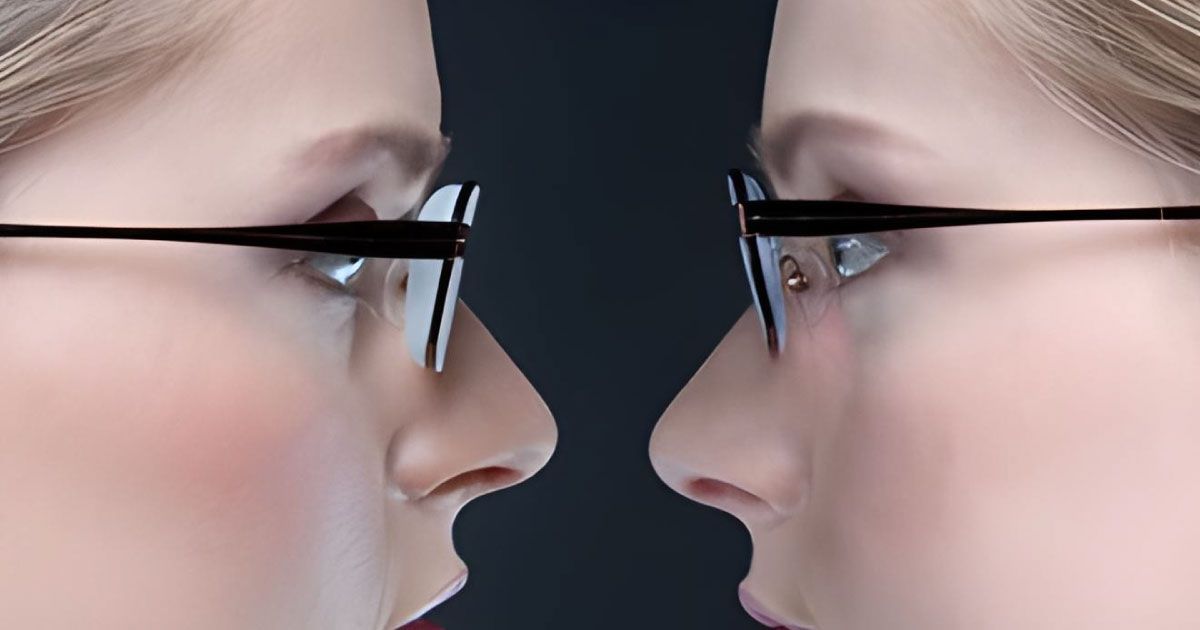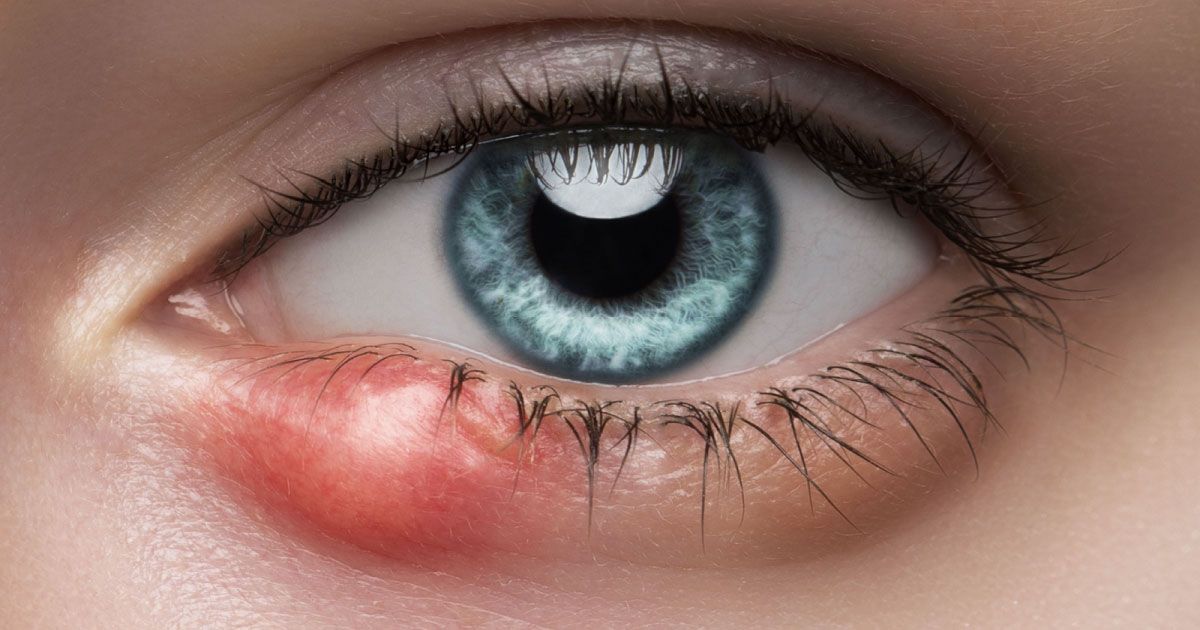The Fascinating History of Binoculars: From Early Optics to Modern Marvels

Read time: 3 minutes
Binoculars have long been essential for activities like birdwatching and stargazing, allowing us to see distant objects with clarity. These devices have a fascinating history, evolving from early optical experiments to today’s high-tech models.
What Are Binoculars?
Binoculars are optical instruments that magnify distant objects using two telescopic lenses, one for each eye. This design provides depth perception and a more immersive viewing experience than a single telescope. Key components include magnification, objective lenses, and prisms. Magnification determines how much larger an object appears, while objective lenses control light intake and image brightness. Prisms ensure the image is correctly oriented, making viewing more comfortable.
Early Optical Discoveries
The history of binoculars begins with the invention of optical lenses in the 16th century. In 1608, Dutch lens maker Hans Lippershey developed the first telescope, which was soon improved by Galileo Galilei. Galileo’s enhanced telescope allowed for significant astronomical discoveries, but its bulkiness made it impractical for everyday use. Over time, inventors sought ways to create a portable version that could be used with both eyes.
The Birth of Binoculars
In the 17th century, the idea of combining two telescopes into a single device emerged. Early binoculars used a prismatic design to invert and correct images. By the early 19th century, prism binoculars were developed, making them more compact and user-friendly. French optician J.P. Lemiere and German optician Joseph von Fraunhofer played key roles in refining binocular designs.
19th-Century Innovations
The 19th century saw significant advancements in binocular technology, driven by the Industrial Revolution. In the 1850s, Ignazio Porro invented the Porro prism system, which arranged prisms in a zig-zag pattern. This design improved clarity and brightness while making binoculars more compact.
By the late 1800s, binoculars had become widely used by scientists, explorers, and military personnel. The improved field of view made them essential for outdoor activities like hunting and birdwatching.
20th-Century Modernization
The 20th century brought major improvements to binoculars, making them more efficient, durable, and affordable. One of the key breakthroughs was the development of coated lenses, which enhanced light transmission, reduced glare, and minimized color distortions. These coatings also helped eliminate chromatic aberration, where colors appear distorted in magnified images.
Compact, waterproof, and lightweight binoculars gained popularity, making them ideal for outdoor activities. Roof-prism binoculars, with their streamlined shape, became a favorite for birdwatchers. These improvements allowed for better portability without sacrificing image quality.
Check out this interesting article to learn more about vintage binoculars? https://theoldtimey.com/vintage-binoculars/
Binoculars Today: Advanced Technology and Versatility
In the 21st century, binoculars continue to evolve with advanced optical technology. Modern binoculars are lightweight, ergonomic, and equipped with new features catering to different users. Some of the most notable advancements include:
- Digital Integration: Some binoculars now feature digital zoom, video recording, and photo capture, enhancing their functionality.
- Image Stabilization: High-end models include stabilization technology to reduce motion blur, especially useful for high-magnification viewing or tracking moving objects.
- Durability: Shockproof, waterproof, and fog-proof designs make modern binoculars ideal for rugged outdoor conditions.
- Enhanced Lenses: Improved lens coatings and larger objective lenses offer greater brightness, clarity, and reduced distortion, particularly in low-light conditions.
Choosing the Right Binoculars
With so many options available, selecting the right binoculars depends on your needs. Consider the following factors:
- Magnification & Objective Lens Size: Higher magnification allows for detailed viewing, while larger objective lenses gather more light for brighter images.
- Purpose: Different activities require different designs—wide-field binoculars are ideal for birdwatching, while high-magnification models are better for stargazing.
- Comfort: Lightweight binoculars with sufficient eye relief are best for extended use, particularly for those who wear glasses.
- Weather Resistance: Waterproof, fog-proof, and shockproof binoculars ensure durability in harsh environments.
The Takeaway
Binoculars have evolved from the rudimentary optical experiments of the past into sophisticated devices that bring the world into clearer focus. Today’s models not only offer enhanced clarity and comfort but also incorporate modern features like digital integration and image stabilization. Whether you’re an avid birdwatcher or a passionate stargazer, the continued innovations in binocular technology ensure that every adventure is met with precision and ease, inviting you to explore and appreciate the intricate details of your surroundings.
The information provided in this article is intended for general knowledge and educational purposes only and should not be construed as medical advice. It is strongly recommended to consult with an eye care professional for personalized recommendations and guidance regarding your individual needs and eye health concerns.
All of Urban Optiks Optometry's blog posts and articles contain information carefully curated from openly sourced materials available in the public domain. We strive to ensure the accuracy and relevance of the information provided. For a comprehensive understanding of our practices and to read our full disclosure statement, please click here.
OUR LATEST POSTS
© Urban Optiks Optometry, Inc. 2009-2025
All Rights Reserved
Location
The Cairo Building
3788 Park Blvd, Suite 5
San Diego, CA 92103
Phone: 619.683.2020
Text: 619.683.2020
Fax: 619.683.2111
Email: info@uoosd.com
Hours
Monday: 9 am – 7 pm
Tuesday: 9 am – 6 pm
Wednesday: 9 am – 6 pm
Thursday: 9 am – 7 pm
Friday: 9 am – 6 pm
Saturday: 9 am – 5 pm
Sunday: Closed


















